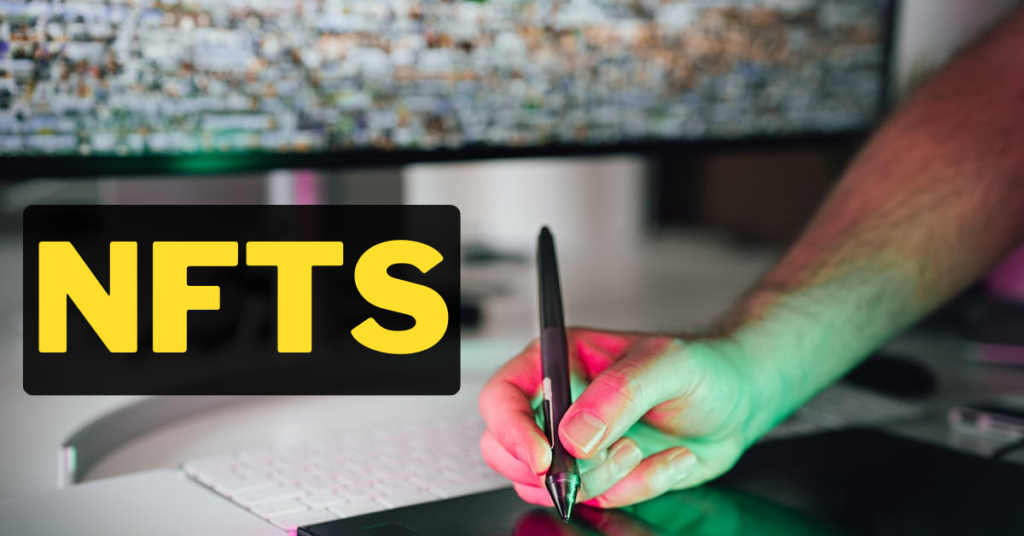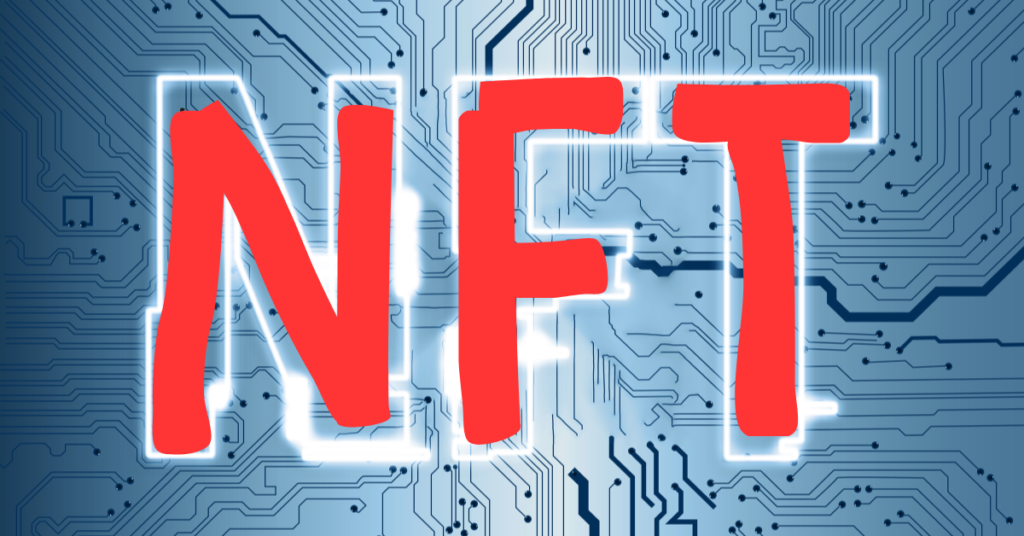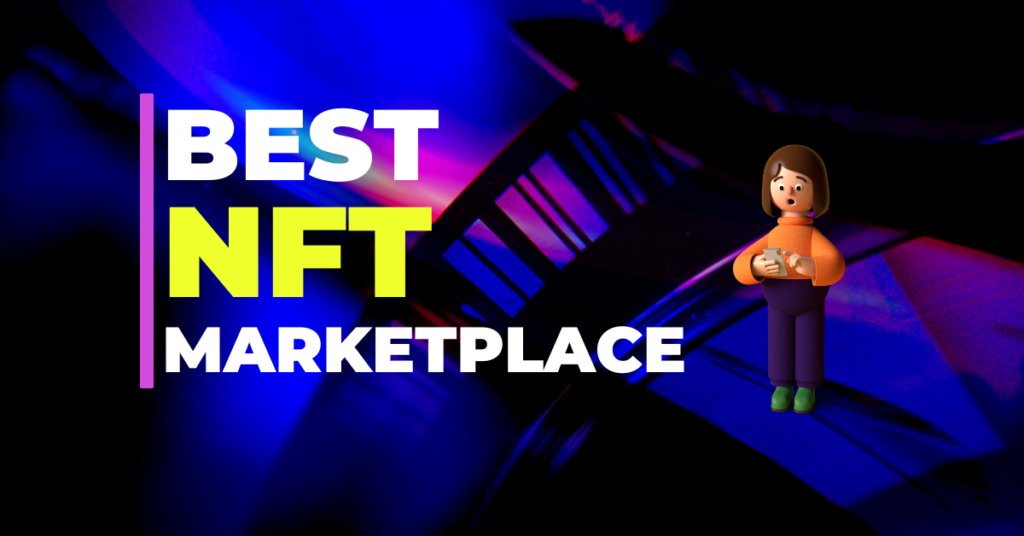Non-fungible tokens, or NFTs, have taken the digital world by storm, especially in recent years. They represent a new way of owning, buying, and selling digital assets, all secured by blockchain technology. NFTs have become significant in 2025 as they continue to revolutionize various industries, from art to real estate.
In this article we are going in details of How to Buy and Sell NFTs. So if you wanna start your NFT journey make sure to read this article till the end .
Types of NFTs
NFTs come in various forms, each serving a unique purpose. Here’s a breakdown of the most popular types in 2025:
Digital Art
Digital art remains the most common form of NFTs. Artists can create unique pieces, tokenize them on a blockchain, and sell them directly to buyers without intermediaries.
Collectibles
Collectibles include everything from sports moments and music albums to fashion items. These NFTs often hold sentimental value and can be highly sought after by fans.
Real-World Assets
NFTs are also being used to represent ownership of real-world assets like real estate. This allows for easier transfer of ownership and the possibility of fractional ownership.
Domain Names
Blockchain-based domain names are becoming popular, offering decentralized control over web addresses.
Licenses and Certifications
NFTs can represent licenses and certifications, providing a secure way to prove ownership or qualification in a specific field.
Where to Buy NFTs

Buying NFTs involves selecting the right marketplace. Here are some of the most popular NFT marketplaces in 2025:
Introduction to NFT Marketplaces
NFT marketplaces are platforms where you can buy, sell, and trade NFTs. Each marketplace has unique features, fees, and types of NFTs offered.
Popular NFT Marketplaces in 2025
OpenSea
OpenSea is the largest and most popular NFT marketplace. It offers a wide variety of NFTs, including art, collectibles, and domain names.
Magic Eden
Magic Eden operates on the Solana blockchain and is known for its community-centric approach. It offers a wide range of NFTs and charges minimal fees.
Rarible
Rarible is a multi-chain platform that supports Ethereum, Solana, and other blockchains. It’s known for its user-friendly interface and a strong focus on community governance.
Binance NFT
Binance NFT is part of the larger Binance ecosystem, offering a secure and reliable platform for buying and selling NFTs. It’s known for its low transaction fees and diverse NFT offerings.
Niche Marketplaces (NBA Top Shot, NFL All Day)
These platforms cater to specific niches, like sports fans, offering official collectibles from leagues like the NBA and NFL.
Also read: What does Non-Fungible Token (NFT) Mean and How It Works?
Setting Up Your NFT Account
Before you can buy or sell NFTs, you need to set up an account on your chosen marketplace.
Choosing the Right NFT Marketplace
Consider factors like fees, the types of NFTs offered, and the blockchain used by the marketplace before making your choice.
Registering and Opening an Account
Once you’ve selected a marketplace, sign up and create an account. You’ll need to provide some basic information and agree to the platform’s terms.
Connecting Your Crypto Wallet
You’ll need a crypto wallet to store your NFTs and the cryptocurrency used for transactions. Popular options include MetaMask, Coinbase Wallet, and Trust Wallet.
Funding Your Crypto Wallet
After setting up your wallet, you’ll need to fund it with cryptocurrency compatible with your chosen NFT marketplace.
Types of Cryptocurrencies Used in NFT Marketplaces
Most NFT marketplaces use Ethereum (ETH), but some also accept other cryptocurrencies like Solana (SOL) or Binance Coin (BNB).
How to Buy Cryptocurrency
You can buy cryptocurrency from exchanges like Coinbase, Binance, or Gemini. Simply create an account, deposit funds, and purchase the crypto of your choice.
Transferring Funds to Your Wallet
Once you’ve bought the cryptocurrency, transfer it to your wallet. Make sure you select the correct network to avoid losing your assets.
How to Buy NFTs

With your wallet funded, you’re ready to buy NFTs. Here’s how to do it:
Fixed-Price Listings
Some NFTs are listed at a fixed price. To buy, simply click the purchase button and complete the transaction using your connected wallet.
Auction Listings
Other NFTs are sold through auctions. You’ll need to place a bid and wait for the auction to close. If you have the highest bid, you win the NFT.
Understanding Gas Fees
When buying NFTs, you’ll also need to pay gas fees, which are transaction fees paid to the network. These can vary depending on the blockchain and the current demand.
Also read: How to Create an NFT
How to Sell NFTs
Selling NFTs can be just as straightforward as buying them. Here’s how:
Minting a New NFT
Minting is the process of creating a new NFT on the blockchain. You’ll need to upload your digital asset, set the terms, and pay the necessary fees to mint your NFT.
Reselling an NFT
If you already own an NFT, you can list it for sale on the marketplace. Some platforms allow you to set royalties, meaning you’ll earn a percentage of future sales.
Setting Up Royalties for Continuous Income
Royalties ensure that creators earn a commission every time their NFT is resold. This can be a great way to generate passive income over time.
Listing an NFT for Sale
When you’re ready to sell your NFT, you’ll need to list it on the marketplace.
How to List Your NFT
Find your NFT in your collection, click the “sell” button, and set the terms of the sale. You can choose between a fixed price or an auction listing.
Types of Listing Options
Fixed-price listings are straightforward, while auctions can be more dynamic and potentially more profitable.
Fees Involved in Listing NFTs
Be aware of listing fees, which can vary by platform. Make sure you have enough cryptocurrency to cover these fees when listing your NFT.
Why Would Someone Buy a Non-Fungible Token?
NFTs offer unique benefits that attract a wide range of buyers.
Investment Opportunities
Some people buy NFTs as an investment, hoping that the value will increase over time.
Collecting and Trading
Others enjoy collecting NFTs, similar to trading cards or other collectibles.
Supporting Creators
Buying NFTs can also be a way to support artists and creators, as they often earn royalties from sales.
What Is the Point of an NFT?
NFTs serve various purposes, from representing digital ownership to enabling new forms of interaction in digital spaces.
NFTs provide a clear, verifiable record of ownership, which can be easily transferred between parties.
Use Cases in Digital and Real Worlds
NFTs have applications in both digital platforms (like gaming and virtual worlds) and real-world scenarios (like real estate and certifications).
What to Do With an NFT
Once you own an NFT, you have several options:
Holding for Investment
You can hold onto your NFT, hoping its value will increase over time.
Using in Digital Platforms
Some NFTs can be used in digital environments, like games or virtual worlds, providing additional functionality.
Reselling for Profit
If the value of your NFT has increased, you can resell it for a profit on the marketplace.
Common Scams and How to Avoid Them
As with any online transaction, there are risks involved in buying and selling NFTs. Here’s how to stay safe:
Identifying Fake NFTs
Be wary of fake NFTs that mimic popular collections. Always verify the authenticity of an NFT before purchasing.
Verifying Marketplace Security
Use reputable marketplaces with strong security measures to reduce the risk of scams.
Tips for Safe Transactions
Always double-check the details of a transaction before confirming it, and use wallets with strong security features.
Legal Considerations
NFTs are subject to various legal considerations, including intellectual property rights and tax implications.
Intellectual Property Rights
When buying or selling NFTs, be aware of the intellectual property rights associated with the digital asset. Ensure you have the right to use and sell the content.
Tax Implications
NFT transactions may be subject to capital gains taxes, depending on your jurisdiction. Consult with a tax professional to understand your obligations.
Compliance with Local Regulations
Different countries have different regulations regarding NFTs. Make sure you comply with local laws when buying or selling NFTs.
The Future of NFTs
NFTs are evolving rapidly, with new trends and innovations emerging regularly.
Emerging Trends
Trends like fractional ownership, NFT-based lending, and integration with the metaverse are gaining traction in 2025.
Predictions for 2025 and Beyond
Experts predict that NFTs will continue to grow in popularity, with more real-world applications and broader adoption across various industries.
Conclusion
NFTs are here to stay, offering unique opportunities for both buyers and sellers. By understanding the process and taking the necessary precautions, you can confidently navigate the world of NFTs in 2025.
So that was a straightforward and comprehensive guide on How to Buy and Sell NFTs. If you have any further questions, comment down below or contact finzerr.
Finzerr is always here to help you!
FAQs
What is an NFT?
An NFT (Non-Fungible Token) is a digital asset that represents ownership of a unique item, secured by blockchain technology.
How do I start with NFTs?
Start by choosing a marketplace, setting up a crypto wallet, and funding it with cryptocurrency.
Are NFTs a good investment?
NFTs can be a good investment, but like all investments, they come with risks. It’s important to do your research and understand the market.
How do I avoid scams when buying NFTs?
Avoid scams by using reputable marketplaces, verifying the authenticity of NFTs, and following safe transaction practices.
What is the future of NFTs?
The future of NFTs looks promising, with more applications in both digital and real-world scenarios expected in the coming years.



